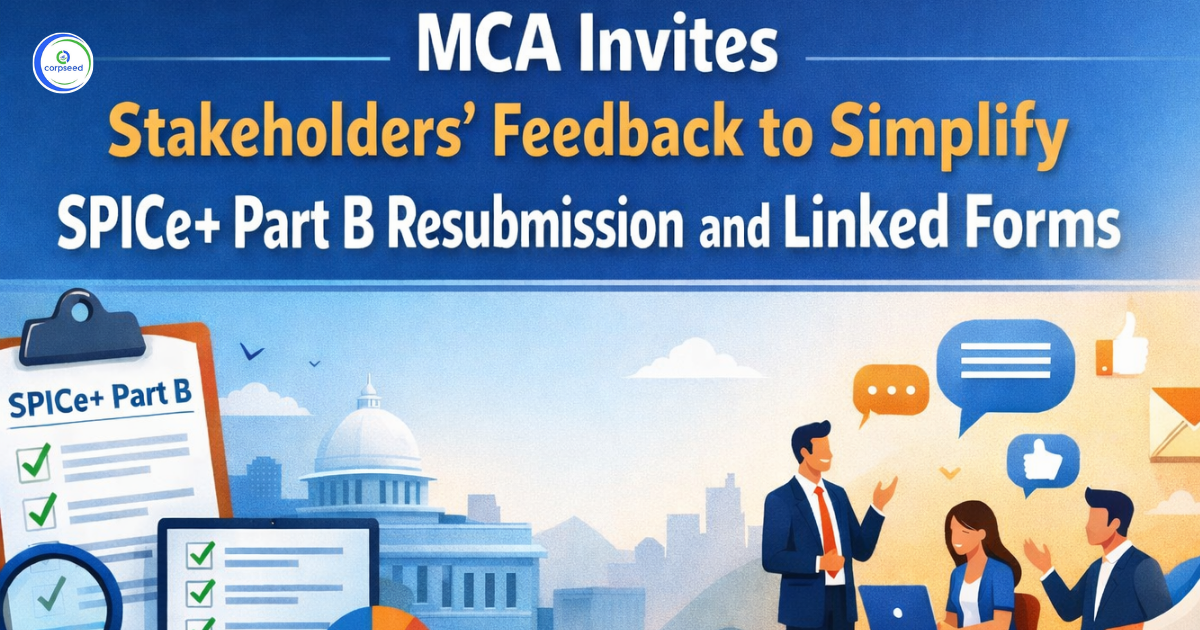Background: India and Sri Lanka Free Trade Agreement
The Indo-Sri Lanka Free Trade Agreement (ISFTA), which was signed on December 28, 1998, and went into effect on March 1, 2000, allows a wide variety of items traded between the two nations to be duty-free.
 Economic ties between India and Sri Lanka have a long history, with trade records dating back to the 4th century. The central location of Sri Lanka in the Indian Ocean, as well as its physical proximity to India – and the resulting cultural and historical linkages – encouraged the early growth of commerce between the two nations.
Economic ties between India and Sri Lanka have a long history, with trade records dating back to the 4th century. The central location of Sri Lanka in the Indian Ocean, as well as its physical proximity to India – and the resulting cultural and historical linkages – encouraged the early growth of commerce between the two nations.
These ties were maintained until colonial times when economic interactions between the two countries were primarily focused on providing commodities for colonial powers and meeting food shortages.
Despite their close political ties, economic ties deteriorated in the early years of the post-independence period as both countries implemented inward-looking economic policies such as tight exchange controls, increased state control over all areas of economic activity, and reduced opportunities for private sector participation, a hostile attitude toward foreign investment, and the cessation of Indian labor inflows. Sri Lanka's imports from India had fallen to roughly 15% of total imports by the late 1940s, while exports to India amounted to around 2% of total exports - a pattern that lasted throughout the 1950s. Hence, both countries signed a Free trade agreement to strengthen their bilateral trade and investment in each other’s countries.
The objective of India Sri Lanka Free Trade Agreement
 To promote the harmonious growth of India-Sri Lanka economic ties through the expansion of commerce.
To promote the harmonious growth of India-Sri Lanka economic ties through the expansion of commerce.- To ensure that commerce between India and Sri Lanka is conducted in a fair and competitive manner.
- The Contracting Parties must adhere to the concept of reciprocity in the execution of this Agreement.
- To contribute to the peaceful growth and expansion of international commerce in this way, by removing trade obstacles.
Why India as a Trading Partner Is Important For Sri Lanka
- Sri Lanka's third-largest commercial partner in the world is India, whereas India's second-largest trading partner in the SAARC is Sri Lanka.
- It is Sri Lanka's primary source of supplies, accounting for 20% of total imports, and the third largest export destination, accounting for 6% of total exports.
- Indian visitors account for the biggest single group of tourists, accounting for 27% of all arrivals. In terms of investment, India is one of Sri Lanka's top five foreign investors.
- After the Indo-Sri Lanka Free Trade Agreement went into effect in March 2000, trade between the two countries grew quickly. Bilateral trade climbed from $658 million in 2000 to $3.6 billion in 2013.
Product Coverage under India Sri Lanka free trade Agreement
|
Commitments |
By India |
By Sri Lanka |
|
Negative Lists (NL) No concessions by both countries |
No of 429 Tariff Lines (TLs) are under NL |
No of 1,180 TLs are under NL |
|
Zero Duty List 100% immediate duty reduction was effected 1.3.2000 |
No of 1,351 TLs are under this category |
No of 342 TLs are under this category |
|
Residual List 50% margin of preference(MOP) with effect from 1.3.2000 |
No of 2,799 TLs are under this and the MOP in these items increased to 100% in two stages within three years from 1.3.2000 |
No of 880 TLs are under this and the MOP in these items |
|
Phasing out List |
Not applicable for India |
Tariffs of no of 2,802 TLs brought down by Sri Lanka as follows |
|
Tariff Tate Quota (TRQs) |
- For Garments: 8 million pieces at Zero duty (per annum), being in the NL |
No TRQs by Sri Lanka |
Tariff Concessions Granted by India for Sri Lankan Exports:-
Except for the following items, which are subject to particular agreements, all products other than those on India's Negative List are eligible for 100 tariff discounts (on basic customs tax) without any restrictions.

Tariff Concessions granted by Sri Lanka for Indian Exports:-
All items that are not on Sri Lanka's Negative List, including cement (HS Code 2523.21 and 2523.29 despite being on Sri Lanka's Negative List), are eligible for 100 percent discounts on Basic Customs Duty.
ISFTA Rules of Origin
The item exported between India and Sri Lanka must meet the following Rules of Origin requirements in order to qualify for ISFTA incentives.
Wholly Obtained Products
All totally acquired items, such as tea, seafood, and spices, will be able to enjoy duty-free benefits in each other's marketplaces without issue, assuming they are duty-exempt.
Products Not Wholly Produced or Obtained
These items include those made with imported raw materials. To be eligible for ISFTA incentives, products must meet the following requirements.
- The exporting country's Domestic Value Addition (DVA) shall not be less than 35 percent of the completed product's FOB value.
- Imported raw materials and final goods should have distinct HS Codes at the 4-digit level. (Criteria for changing tariff headings).
Cumulative Rules of Origin
The Cumulative Rules of Origin encourage contracting parties (India and Sri Lanka) to use each other to source raw resources for their exports. As a result, an exporter only needs to prove a DVA of 25% of the FOB value of the final product, as long as the raw materials imported from the other contracting state account for at least 10% of the FOB value of the product. (In other words, the total value added should not be less than 35% of the final product's FOB value, whereas the DVA in the exporting nation should be at least 25% of the FOB value.).
Trade Statistics between India and Sri Lanka

Investments
Since 2003, India has invested about US$ 800 million in Sri Lanka, making it one of the top investors in the country. Petroleum, retail, IT, financial services, real estate, telecommunication, hospitality & tourism, banking, and food processing (tea & fruit juices) are among the sectors in which India is investing.
Infrastructure development, copper and other metal industries, tire, cement, and glass manufacture, railways, electricity, water supply, and so forth.
According to the Board of Investment of Sri Lanka (BOI), overall India's FDI to Sri Lanka was roughly US$ 33.05 million in January-June 2015, out of a total investment of US$ 515.09 million. In 2014, India invested roughly $51.8 million in Sri Lanka. Sri Lanka received a total of US$ 1616 million in FDI during this time period. With total investments of roughly US$ 50.52 million in 2013, India was one of the top eight overall investors in Sri Lanka. Sri Lanka received a total of US$ 1391.41 million in FDI during this time period.
Below is the graph of Indian investment (FDI) in Sri Lanka:-


ITC Ltd, Tata Housing, and Shree Renuka Sugars are among the Indian corporations that have plans to invest in Sri Lanka. Similarly, as Sri Lankan enterprises take advantage of India's dynamic economy and enormous market, investments by Sri Lankan corporations in India are growing.
Tourism
Tourism is also a vital link between India and Sri Lanka, with India being the country's largest source market. India is the leading contributor to tourism, accounting for one-fifth of all visitors. Between January and September 2015, there were 220,907 tourist arrivals from India in Sri Lanka, accounting for about 16.8% of all tourist arrivals in the country. According to the Sri Lanka Tourist Development Authority, 1,527,153 visitors visited Sri Lanka in 2014, representing a 19.81 percent increase over 2013. In 2014, 242,734 Indian tourists made up 15.89 percent of the total 1527,153 visitors.
Sri Lankan tourists are also among the top 10 sources of visitors to India. The High Commission in Colombo and Posts granted around 1,95,000 visas in 2014 to enable travel between India and Sri Lanka. In 2014, Indian travelers were among the top five international visitors to India.
Lines of Credit
The Indian government has approved a US$167.4 million line of credit for the repair of Sri Lanka's Southern Railway line. By April 2012, IRCON International and RITES have finished the project. The Government of India has extended concessionary loan facilities to the Government of Sri Lanka in the sum of US$ 800 million for the Northern Railway Rehabilitation Project in Sri Lanka. This project was undertaken by IRCON International, and the track-up gradation and installation of signaling and communication equipment were finished in March 2015. On March 19, 2015, India's Prime Minister opened the Talaimannar Pier Railway segment and hailed a train on the Talaimannar Pier-Madhawachchiya railway route.
Implementation of Projects under the Line of Credit
A). Southern Railway is being rebuilt with the help of a $167.4 million line of credit.
- Laying of track on the Kalutara-Galle and Galle-Matara routes; (Galle-Matara completed).
- Laying of tracks in the Colombo-Kalutara sector.
- Supply of rolling stock.
- Providing training to SLR personnel and setting up a maintenance facility.
B). Northern Railway Lines Reconstruction Funded by an $800 million Line of Credit.
- Omanthai-Pallai.
- Madhu-Talaimannar.
- Medawachchiya-Madhu.
- Pallai-KKS (in October 2014, the renowned 'Yal Devi' Express re-entered Jaffna after a nearly 25-year gap, after the opening of the Pallai Jaffna segment).
- Signaling and Telecommunications Network Construction.
There are many more projects that are under construction with the help from India as a Line of credit.
This portion of the site is for informational purposes only. The content is not legal advice. The statements and opinions are the expression of author, not corpseed, and have not been evaluated by corpseed for accuracy, completeness, or changes in the law.
BOOK A FREE CONSULTATION
Get help from an experienced legal adviser. Schedule your consultation at a time that works for you and it's absolutely FREE.









